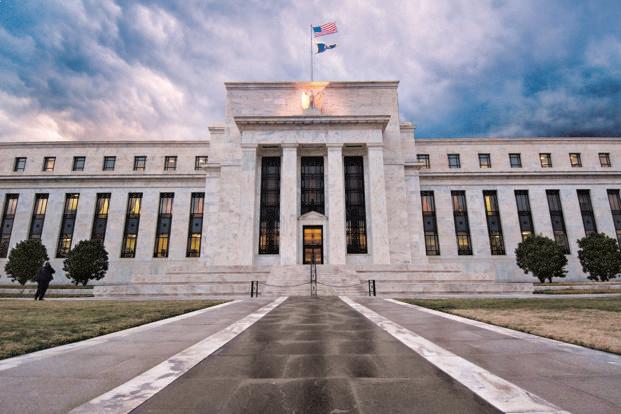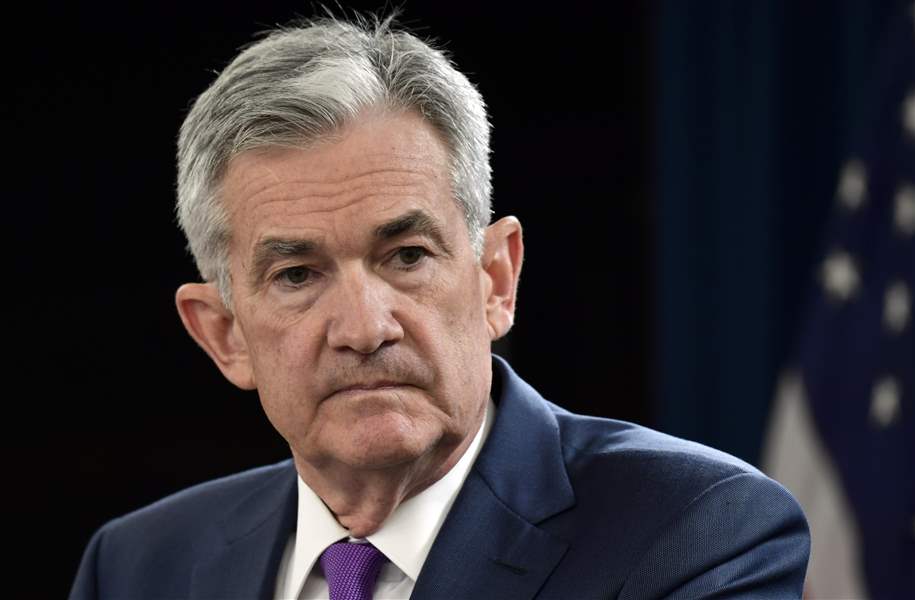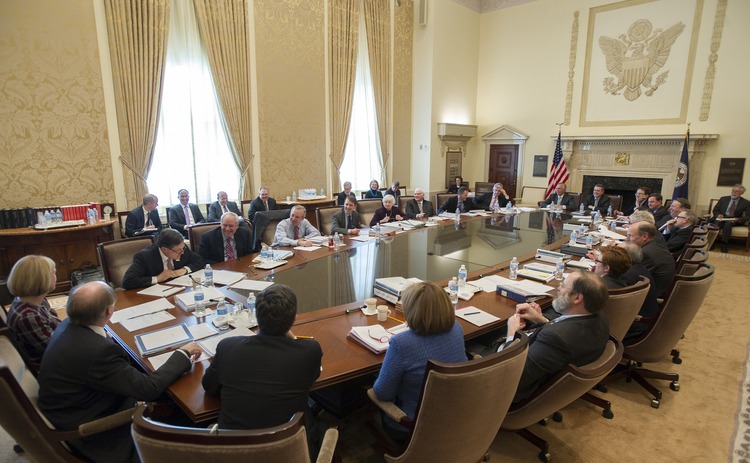The Fed doesn’t have access to key data because of the government shutdown

The decision of the Fed whether to raise the benchmark interest rate or not has become quite controversial lately as the involvement of the US president in the discussions has put a political charge on the issue. Furthermore, many market participants fear that the rising rates could affect their financial standing and often criticize the decisions of the FOMC. Now, there’s another problem the decision-makers will have to tackle as the US government shutdown continues for a record-breaking 33rd day.
The next meeting of the policymakers is scheduled in under a week, but the officials might have to tread blindfolded as they won’t have access to some of the key metrics due to the shutdown. These metrics include information as important as GDP, retail sales and housing, which are key to the monetary policy. “So while the Fed is not driving completely blind, the windshield is mucked up. Now when the shutdown ends the data will come flooding in and only then will the Fed be able to decide on its next move,” – commented Ellen Zentner, chief U.S. economist at Morgan Stanley.

Some see this as a good opportunity for the Fed to avoid any action. Many market participants fear that Chairman Jerome Powell will announce another rate hike, but in the given conditions, it is unlikely that important decisions will be made without key data. “It actually works out well for them. If you’re of the view that the Fed is not supposed to do anything, the shutdown actually plays into that story. Without having data, you’re not forced into making any decisions. The default option is dovishness,” – commented Joe LaVorgna, chief economist for the Americas at Natixis.
The question remains – will there be another rate hike this year?
The majority of analysts expect the Fed to abstain from increasing the interest rates this year, however, the central monetary authority has already given indications that two more hikes should be expected in 2019. “They would like to do a few hikes, at least two if not more. For them to get over that hurdle it’s going to have to look like things are booming. That doesn’t seem to be very likely,” – LaVorgna commented. Although it now seems unlikely that there will be a hike after the next meeting, it is still of great importance, as the post-meeting statement will outline the sentiment of the FOMC and will give indications whether more rate hikes should be expected or not.
Fed seems more likely to end the reduction of its balance sheet
After the Fed’s balance sheet reached over $4.5 trillion in 2017, the institution began to wind down its holdings gradually, which put some pressure on the markets that were already stressed by the rate hikes. The next week’s meeting will also be important for this exact issue as an important decision could be taken by the policymakers. “A lot of the heavy lifting has been done. We’re waiting for the committee to be satisfied that they have reached sufficient understanding of what all the moving pieces are,” – said Kansas City Fed President Esther George.

The reduction of the balance sheet has happened gradually with a maximum of $50 million roll-off a month, although the number is usually lower than that. In total, now there’s has been a reduction of about $400 billion. It is unknown what level the policymakers find suitable for the balance sheet, but many analysts believe that the time is nearing when the institution decides to halt the reduction. One thing is clear, the markets don’t take the reduction of the balance sheet well. There has already been a sell-off right after Jerome Powell commented that the Fed would continue reducing its holdings.
“In our view this is the natural play for the Fed, which had to abandon the position that the balance sheet is on autopilot after the adverse market reaction in December but remains unconvinced by theories that quantitative tightening is causing an outsized tightening of financial conditions via liquidity channels,” – commented Krishna Guha, head of global policy and central bank strategy team at Evercore ISI. He also added that the final size of the balance sheet will likely be $3.5 trillion, which means that there’s still $600 billion left to go.


























Comments (0 comment(s))